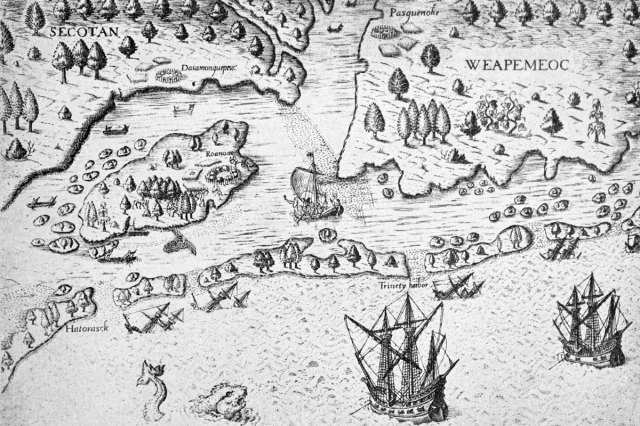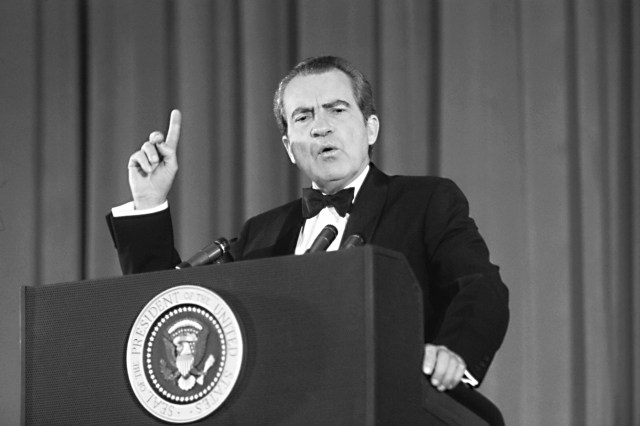Thomas Edison wanted the Statue of Liberty to talk.
Thomas Edison revolutionized the audio world in 1878 when he obtained a patent for his latest invention, the phonograph. The audio player was designed for at-home use, but Edison also had larger-than-life plans for the product, in a very literal sense: He aspired to install a massive phonograph inside the Statue of Liberty to make Lady Liberty capable of speech. Edison revealed his intent to design a “monster disc” to produce audible messages, to make it sound as if the statue were uttering the words herself. He informed reporters that the phonograph could not only be used to alert ships during heavy fog, but also, if amplified properly, create a loud enough sound to produce words that could be heard as far as northern Manhattan and across New York Harbor. Despite Edison’s optimistic and ambitious ideas, the project never came to fruition, and the statue remained silent.
While Edison failed in making Lady Liberty talk, he succeeded on a much smaller scale by creating the first talking doll toy. In April 1890, Edison’s factory produced a set of 22-inch-tall dolls with miniature phonographs embedded in the torso. Some 500 were sold. Unfortunately, the dolls were returned in droves, as their fragile voice boxes were easily destroyed upon being played with. What’s more, the dolls sang songs such as “Twinkle, Twinkle Little Star,” but the sound was eerie and distorted due to the rudimentary phonographic technology. The toy was a massive flop for Edison, though it inspired future generations of successful talking dolls.















